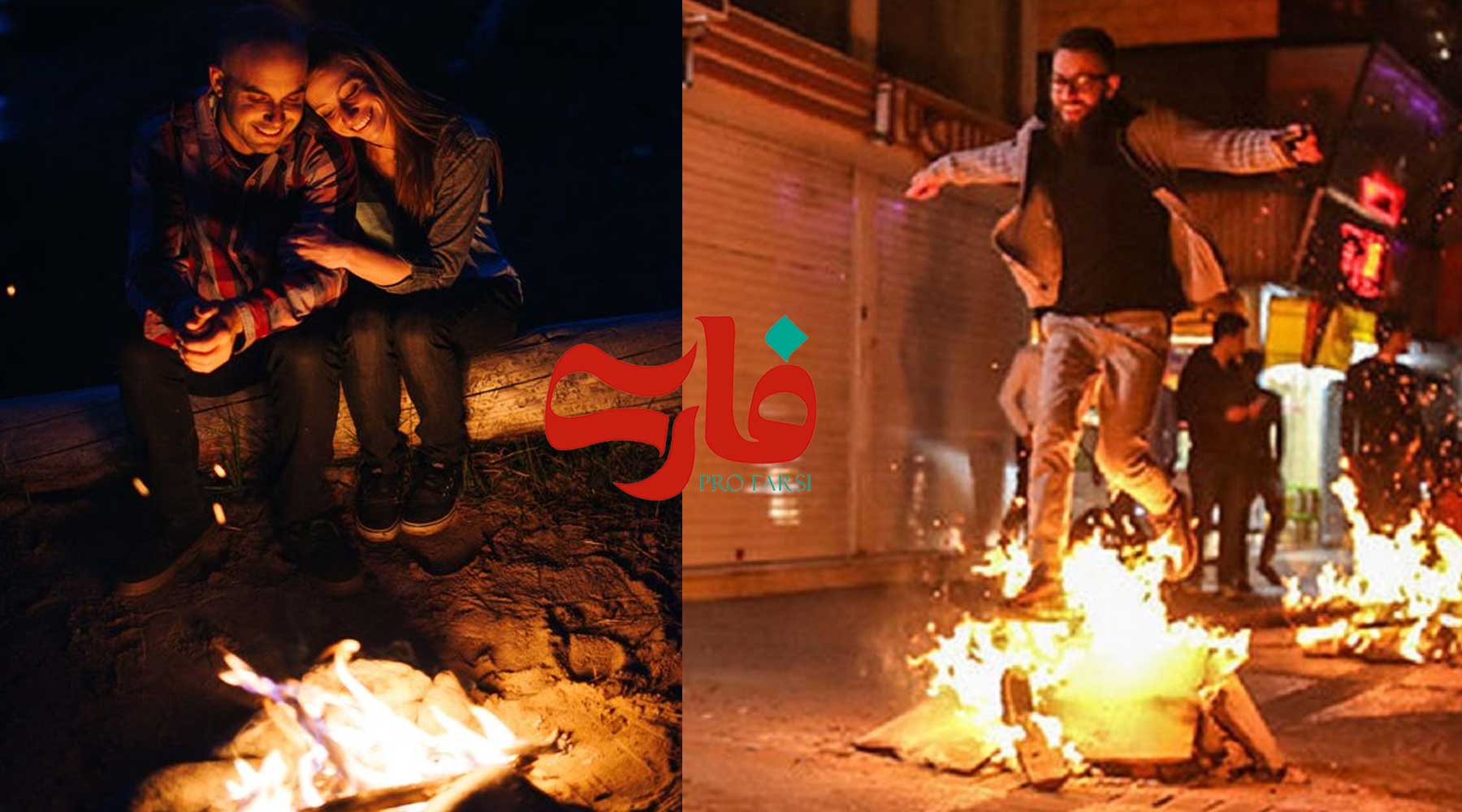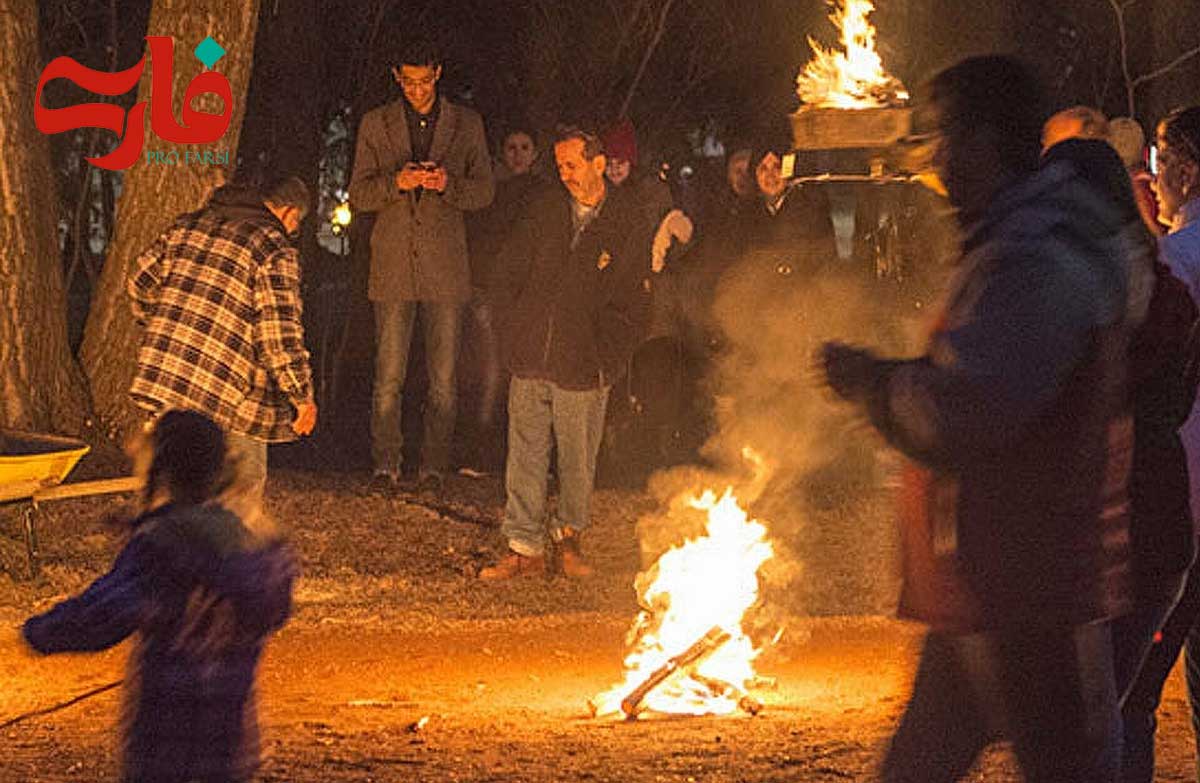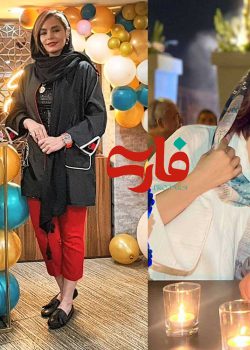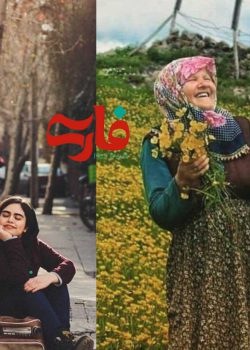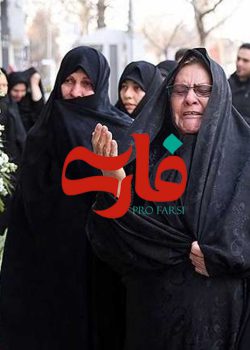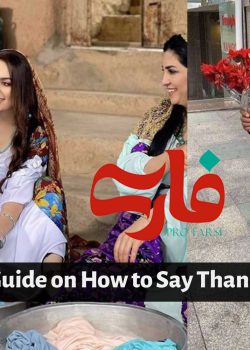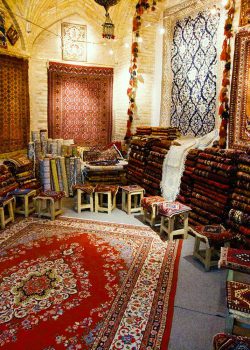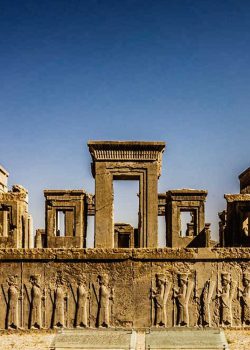Chaharshanbe Suri, or the Festival of Fire, is a cherished and ancient celebration in Iran that takes place on the eve of the last Wednesday before Nowruz, the Persian New Year which usually falls on or around March 13th. Rooted in Zoroastrian traditions, the festival is marked by the lighting of bonfires and engaging in vibrant rituals, including the famous “Chaharshanbe Suri Bazi” where people jump over the flames to symbolize purification and the triumph of good over evil. Alongside playful customs like “Qap Qap,” Chaharshanbe Suri serves as a joyous occasion for Iranians to gather with loved ones, spread happiness, and eagerly anticipate the new beginnings heralded by the upcoming Nowruz festivities.

The history of Chaharshanbeh Suri:
The history of Chaharshanbe Suri dates back thousands of years and is deeply rooted in the cultural and religious traditions of ancient Persia. The festival has its origins in Zoroastrianism, the dominant religion in pre-Islamic Iran, which practiced fire worship and veneration of the elements.
The name “Chaharshanbe Suri” translates to “Wednesday Feast” in Persian, as the festival always takes place on the eve of the last Wednesday before Nowruz, the Persian New Year. This timing is significant, as Zoroastrians considered Wednesday a particularly auspicious day due to its association with the celestial bodies, including the planet Mercury.
The primary purpose of Chaharshanbe Suri was to celebrate the victory of light and fire over darkness and evil. The festival was observed as a way to purify oneself and the environment by cleansing any negative energy or impurity accumulated during the year. Fire, as a symbol of purity, was believed to have the power to ward off evil spirits and usher in prosperity and abundance for the upcoming year.
One of the central rituals of Chaharshanbe Suri is the act of jumping over bonfires while reciting special phrases, such as “Zardi-ye man az toh, sorkhi-ye toh az man” (literally meaning “My yellow is yours, your red is mine”). The belief behind this tradition was that as the flames consumed the yellow color (symbolizing sickness and negativity), they would be replaced by the red color (representing health and vitality).
Additionally, during Chaharshanbe Suri, Iranians engaged in a variety of customs, including lighting small oil lamps and candles outside their homes, as well as exchanging sweets and treats with neighbors and friends. The playful tradition of “Qap Qap” also became a part of the festival, with children dressing up in disguises, similar to modern-day Halloween, and going door to door, knocking and requesting treats or money.
With the advent of Islam in Iran during the 7th century, Chaharshanbe Suri underwent some changes to align with Islamic teachings. Islamic scholars interpreted the festival as “haram” (forbidden) due to its pre-Islamic origins. As a result, the celebration faced intermittent bans and restrictions throughout history, particularly during more conservative periods. However, the festival’s popularity and significance persisted among the Iranian people, leading to its continued observance in various forms to this day.
In contemporary times, Chaharshanbe Suri remains a beloved and cherished tradition in Iran, blending ancient customs with modern elements of celebration. The festival continues to serve as a symbol of national identity and cultural heritage, fostering unity and joy among Iranians as they prepare for the arrival of the Persian New Year, Nowruz.
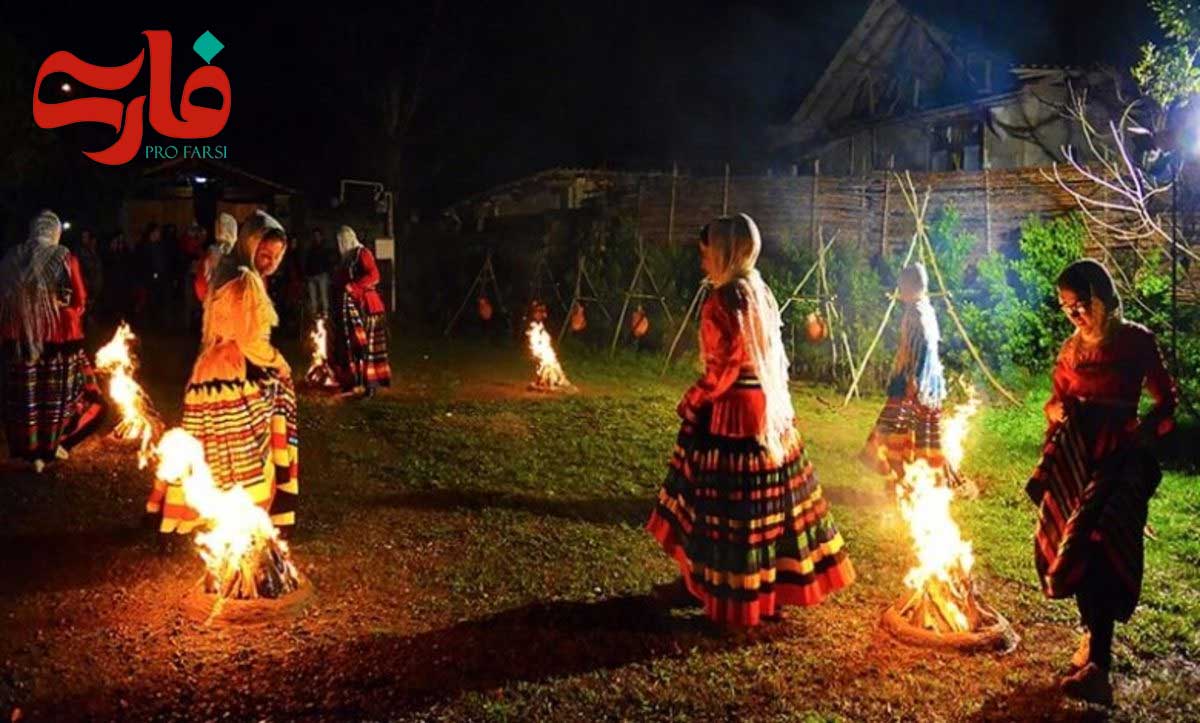
The traditions:
The traditions of Chaharshanbe Suri are diverse and deeply ingrained in Iranian culture. They have evolved over centuries, incorporating both ancient Zoroastrian customs and regional variations. Here are some of the key traditions associated with the Festival of Fire:
- Lighting Bonfires: The central and most iconic tradition of Chaharshanbe Suri involves the lighting of bonfires. People gather in open spaces, parks, or streets in the evening and ignite bonfires. These fires represent the victory of light over darkness and are believed to have purifying properties.
- Chaharshanbe Suri Bazi: This is the ritual of jumping over the bonfires while reciting traditional phrases, such as “Zardi-ye man az toh, sorkhi-ye toh az man” (literally meaning “My yellow is yours, your red is mine”). By leaping over the flames, participants symbolically cast away sickness, negative energies, and impurities, and welcome health and positivity for the coming year.
- Lighting Small Oil Lamps and Candles: In addition to the larger bonfires, many households and communities light small oil lamps and candles outside their homes. This tradition adds to the festive atmosphere and represents the celebration of light.
- “Qap Qap”Spoon-banging, also known as “Ghashogh-Zani” (Knocking on Doors): Similar to Halloween’s trick-or-treating, children and young people dress up in costumes and go door to door, knocking and requesting treats or money. This playful custom brings joy and laughter to the celebration.
- Singing and Dancing: Chaharshanbe Suri is an occasion for singing traditional songs and performing dances around the bonfires. The lively music and dance create a joyous and energetic ambiance during the festival.
- Exchanging Sweets and Treats: Sharing sweets and treats is an essential part of Chaharshanbe Suri. Families, friends, and neighbors exchange delicious snacks, fruits, and sweets as a gesture of goodwill and camaraderie.
- Sprinkling Water: In some regions, people participate in the tradition of “Ab Cheshm” (literally “Watering the Eyes”), where they sprinkle water on the ground as an offering to the spirits of the departed. This practice is considered a form of respect and remembrance for ancestors.
- Fortune-Telling: In certain areas, individuals engage in fortune-telling during Chaharshanbe Suri. They may perform divination rituals using various methods, such as reading the shapes formed by the ashes of the bonfires or interpreting other signs.
- Fireworks and Sparklers: Modern additions to the festivities include the use of fireworks and sparklers, adding more sparkle and excitement to the celebration.
Chaharshanbe Suri Food
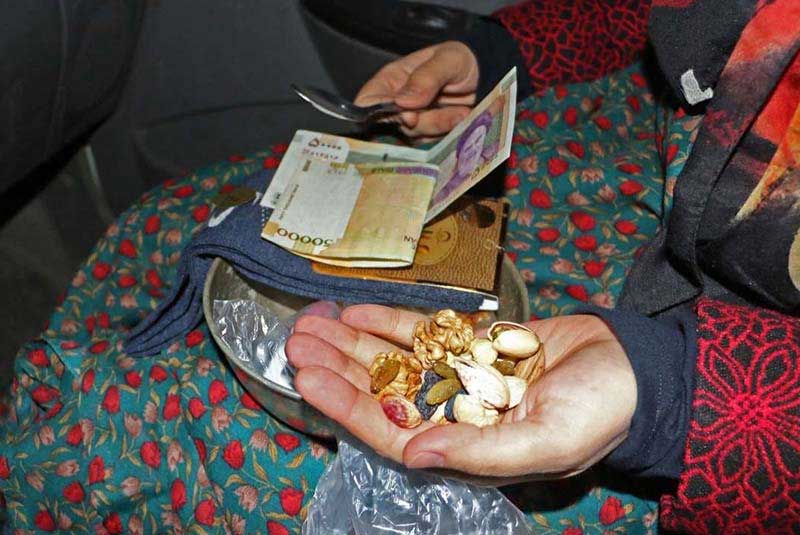
Chaharshanbe Suri is not specifically associated with a particular type of food, but there are some traditional snacks and treats that are commonly enjoyed during the festival. These foods are often shared with family, friends, and neighbors as a gesture of goodwill and to add to the festive spirit. Here are some popular Chaharshanbe Suri foods:
- Noghl (also known as Sugar-Coated Almonds): Noghl are sugared almonds that are a common delicacy during Chaharshanbe Suri. They are coated with a sweet syrup and sometimes flavored with rosewater or other fragrant essences.
- Ajil (Mixed Nuts and Dried Fruits): Ajil is a mixture of nuts, such as pistachios, almonds, walnuts, and hazelnuts, combined with dried fruits like raisins, apricots, and figs. This mixture provides a delicious and nutritious snack to enjoy during the celebration.
- Nan-e Nokhodchi: Also known as chickpea cookies or chickpea shortbread, Nan-e Nokhodchi is a popular Iranian cookie made with chickpea flour, powdered sugar, and butter, creating a delicate and delicious treat.
- Noon Berenji: Noon Berenji is a type of Persian rice cookie made with rice flour, powdered sugar, rosewater, and cardamom. These aromatic cookies have a delicate texture and are often enjoyed during Chaharshanbe Suri.
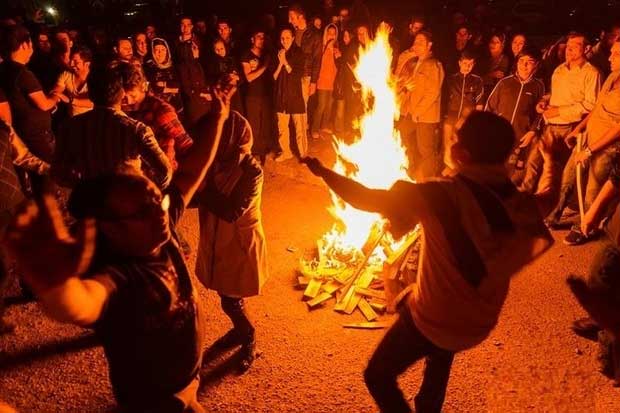
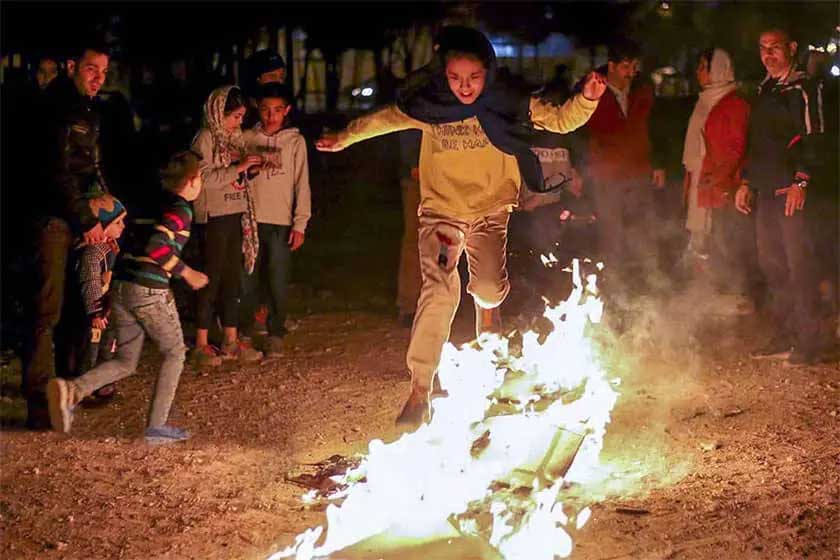
Conclusion
In conclusion, Chaharshanbe Suri stands as an ancient and vibrant celebration deeply rooted in the rich cultural tapestry of Iran. As the Festival of Fire, it marks the eve of the last Wednesday before Nowruz, symbolizing the triumph of light over darkness and the renewal of life. Through customs like jumping over bonfires and spoon-banging, Iranians joyfully come together to cleanse themselves of negativity and welcome the new year with hope and positivity. While the festival has evolved over time, its core essence of unity, joy, and cultural pride remains a cherished part of Iran’s cultural heritage, fostering a sense of community and connecting generations to their historical roots. Chaharshanbe Suri is a testament to the resilience and enduring spirit of the Iranian people, keeping their traditions alive as they embrace the promise of new beginnings.
Related Posts

